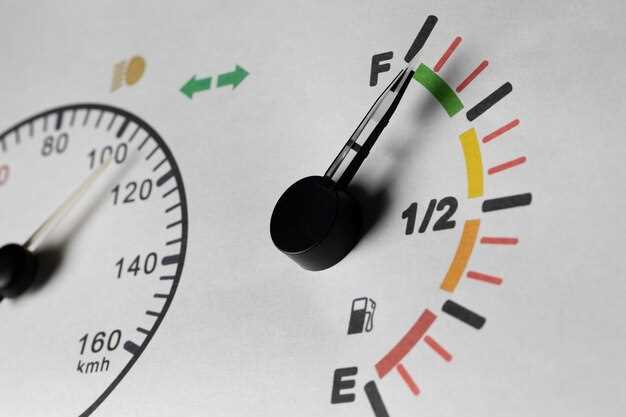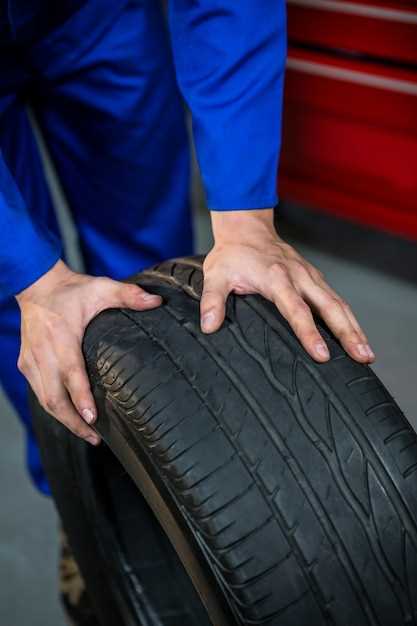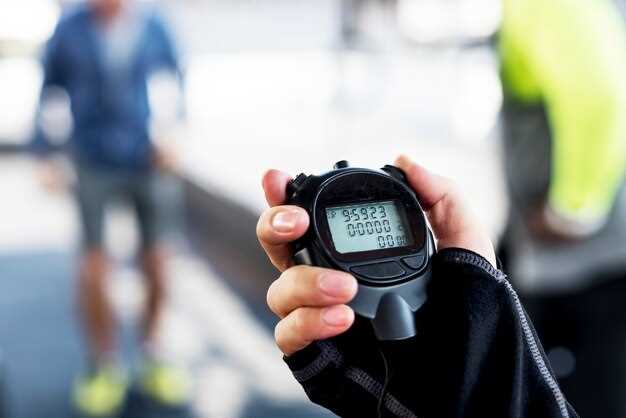
Track Tire Pressure Tips for Lap Time Gains
- George Harris
- 0
- Posted on

Achieving optimal tire pressure is a crucial factor in improving lap times for any racing enthusiast or professional driver. The performance of a vehicle can vary significantly based on the air pressure in the tires, making it essential to understand the relationship between tire pressure and handling, grip, and overall efficiency on the track.
When tire pressure is properly calibrated, vehicles experience enhanced grip and stability, allowing drivers to tackle corners more aggressively and maintain speed on straightaways. Under-inflated tires can lead to excessive rolling resistance and overheating, while over-inflated tires may compromise traction and reduce the contact patch with the asphalt. Balancing these factors can be the key to unlocking those precious milliseconds.
This article will delve into the science behind tire pressure optimization, explaining how temperature, track conditions, and tire compounds all play a role in determining the ideal pressure settings for various racing scenarios. By understanding these elements, drivers can make informed decisions that lead not only to faster lap times but also to enhanced safety and tire longevity.
Understanding the Ideal Tire Pressure Range for Your Vehicle
Optimizing tire pressure is crucial for achieving the best performance on the track. Each vehicle has a specific optimal tire pressure range, typically recommended by the manufacturer, which can be found in the owner’s manual or on a sticker located on the driver’s side door jamb. This range is determined by factors such as the vehicle’s weight, tire design, and intended use.
Running tires at the correct pressure ensures enhanced contact with the road surface, improving grip and stability. Under-inflation can lead to excessive tire flex, increased rolling resistance, and overheating, which may negatively impact lap times. Conversely, over-inflation can result in a smaller contact patch, reduced grip, and an uncomfortable ride, making it difficult to maintain control during high-speed maneuvers.
Typically, the ideal tire pressure range for performance vehicles falls between 30 to 40 PSI (pounds per square inch), but this can vary based on specific conditions such as temperature, track surface, and driving style. It is essential to monitor the tire pressure regularly, especially before track sessions, to ensure optimal performance. Keep in mind that tire pressure can change with temperature; as tires heat up during driving, the air inside them expands, increasing pressure. Therefore, checking tire pressure after practice laps is a good practice.
For precise tuning, drivers can experiment within the recommended range to find the best pressure for their specific setup. A lower pressure may improve grip but can lead to quicker tire wear, while a higher pressure may enhance responsiveness but reduce overall traction. Each driver should adjust based on their driving style and vehicle dynamics to achieve the perfect balance that results in faster lap times.
How to Measure and Adjust Tire Pressure Accurately

Accurate tire pressure measurement is crucial for optimizing performance on the track. To begin, ensure you have a high-quality tire pressure gauge, preferably a digital one, for precise readings. Mechanical gauges can be less reliable, so choose accordingly.
Start by checking the tire pressure when the tires are cold, as heat can lead to inflated readings. Park the vehicle in a shaded area or wait at least three hours after driving before measuring. Remove the valve cap from the tire and press the gauge firmly onto the valve stem to obtain a reading. Ensure a solid seal to avoid air escaping, which could alter the measurement.
Refer to the vehicle manufacturer’s suggested tire pressure, typically found in the owner’s manual or on a sticker located in the driver’s side door jamb. This recommendation ensures the optimal balance between performance and safety. Compare the gauge reading to the recommended pressure and note any discrepancies.
To adjust the tire pressure, use an air compressor if the tires are under-inflated. Connect the compressor nozzle to the valve stem and add air until the desired pressure is reached. Frequently check with your gauge to ensure accuracy. If the tire is over-inflated, use the gauge to press the valve core slightly to release air until achieving the correct pressure.
After adjusting, always recheck the pressure to confirm accuracy. Replace the valve caps securely to prevent dirt and moisture from entering the valve, which can cause issues over time. Regularly monitor tire pressure, especially before competitive sessions, as consistent pressure helps maintain optimal tire performance and extends tire life.
Impact of Tire Pressure on Handling and Grip During Races

Tire pressure is a critical variable in optimizing vehicle performance on the racetrack. The correct tire pressure can significantly influence handling characteristics and grip, impacting lap times in various ways.
Low tire pressure can lead to:
- Increased Rolling Resistance: Lower pressure results in a larger contact patch, which may cause more drag and reduce acceleration.
- Poor Steering Response: Under-inflated tires can result in a vague steering feel, making it difficult for drivers to place their vehicle accurately on the track.
- Excessive Tire Wear: Lower pressure causes tires to flex more, generating excess heat and leading to faster degradation.
- Increased Risk of Blowouts: Insufficient pressure can lead to overheating and potential tire failure, compromising safety.
Conversely, high tire pressure can also have negative implications:
- Reduced Contact Patch: Over-inflated tires have a smaller contact area, which can decrease traction, especially in corners.
- Stiff Ride Quality: Increased pressure results in a harsher ride, making it difficult to maintain control over bumpy surfaces.
- Less Feedback: Higher pressure can lead to a disconnected feel from the road, hindering the driver’s ability to make quick adjustments.
- Increased Cornering Stability: While higher pressure can enhance stability, it often comes at the cost of grip.
To optimize tire pressure, teams typically follow a structured approach:
- Pre-Race Testing: Conduct tests to determine the ideal tire pressure for specific track conditions.
- Monitoring Temperature: Keep track of tire temperatures during the race, as they can indicate whether the tire pressure needs adjustment.
- Driver Feedback: Use input from drivers regarding vehicle handling and grip to fine-tune tire pressure settings.
- Environmental Adjustments: Adjust tire pressure according to changing track conditions, such as temperature and weather.
In summary, tire pressure plays a pivotal role in both handling and grip, acting as a fine-tuning element that can mean the difference between winning and losing in competitive racing. Understanding the nuances of tire pressure management allows teams to achieve better handling, maximize grip, and ultimately secure faster lap times.
